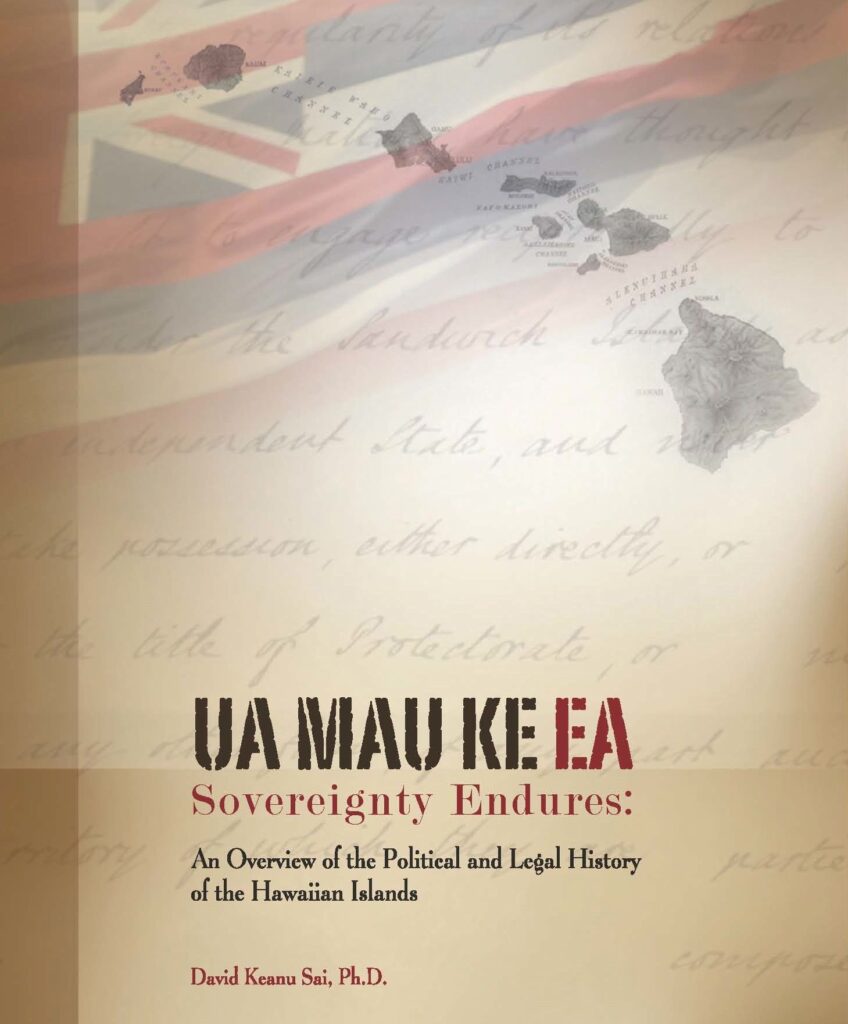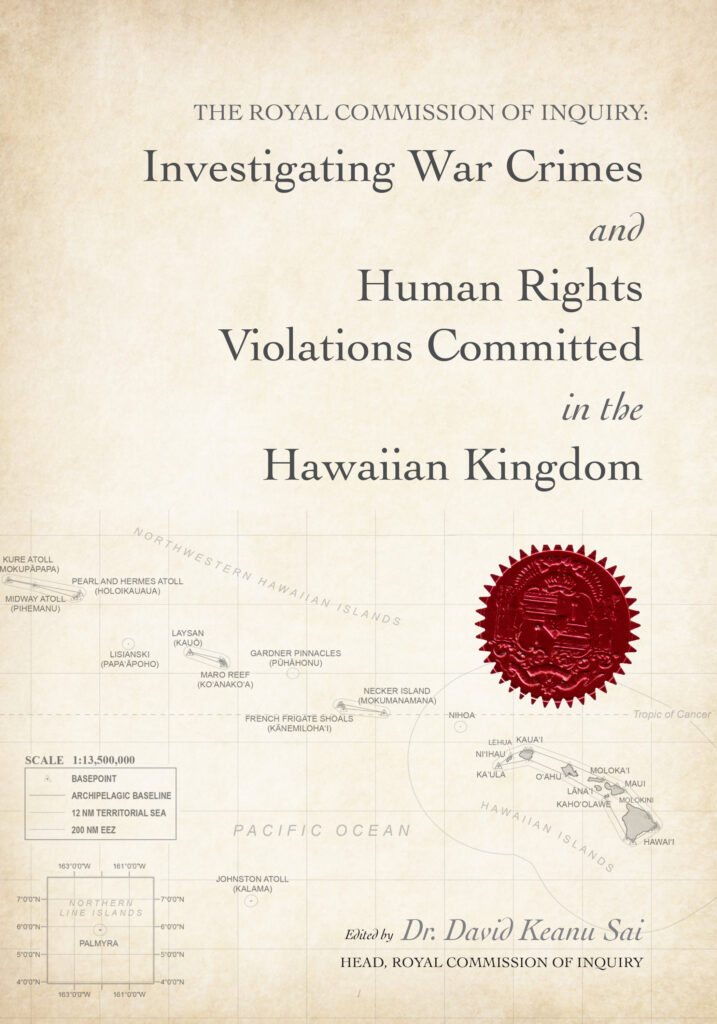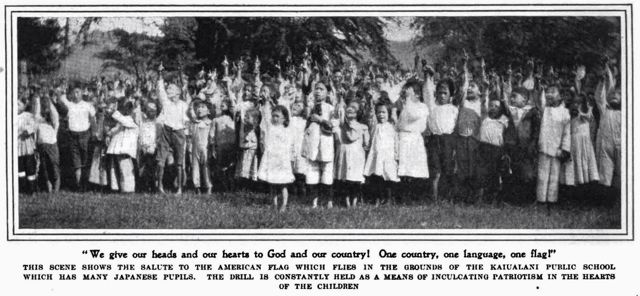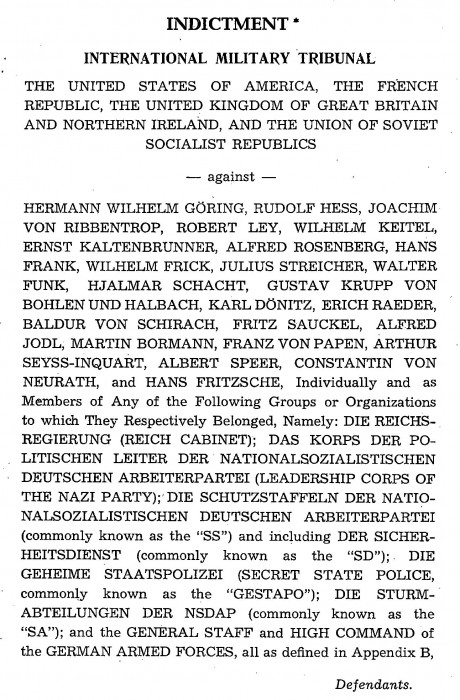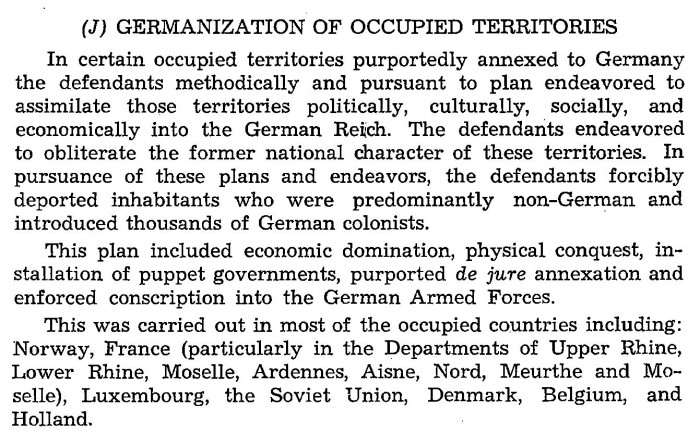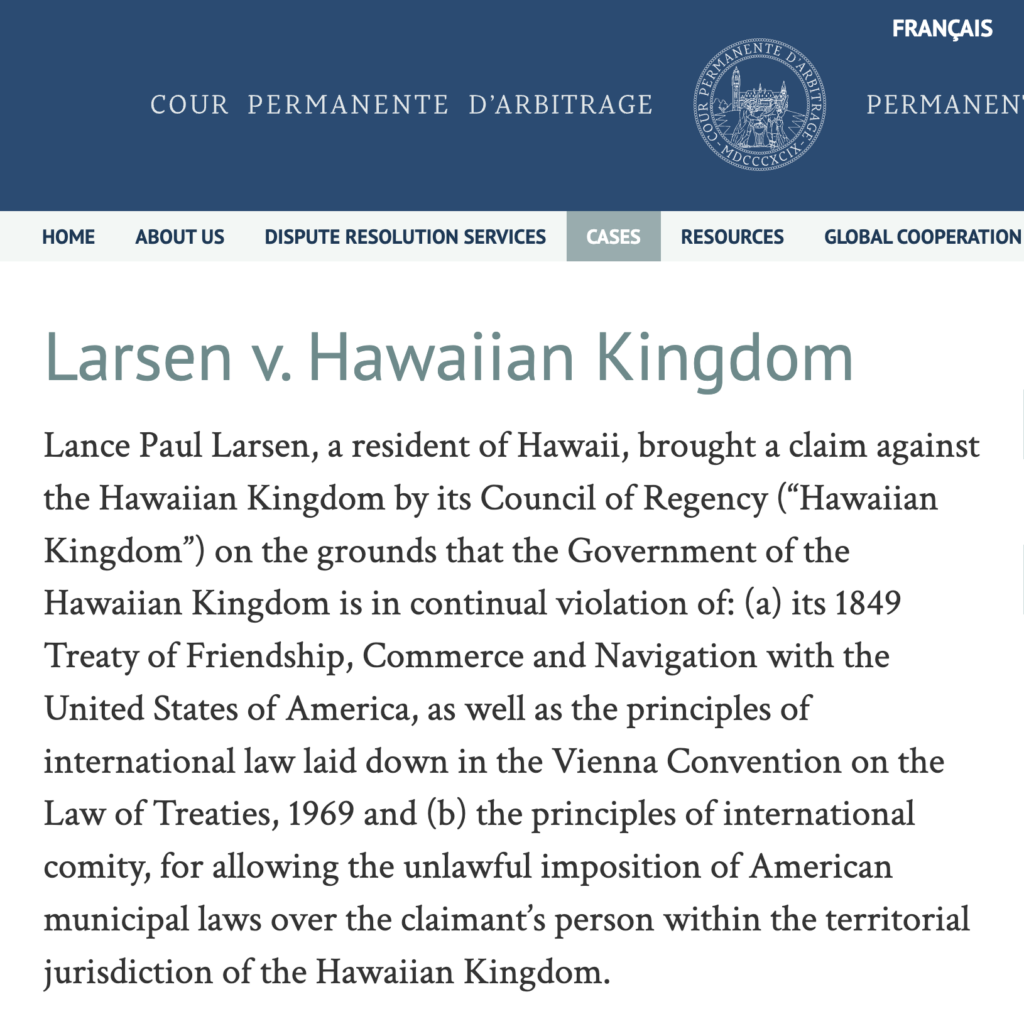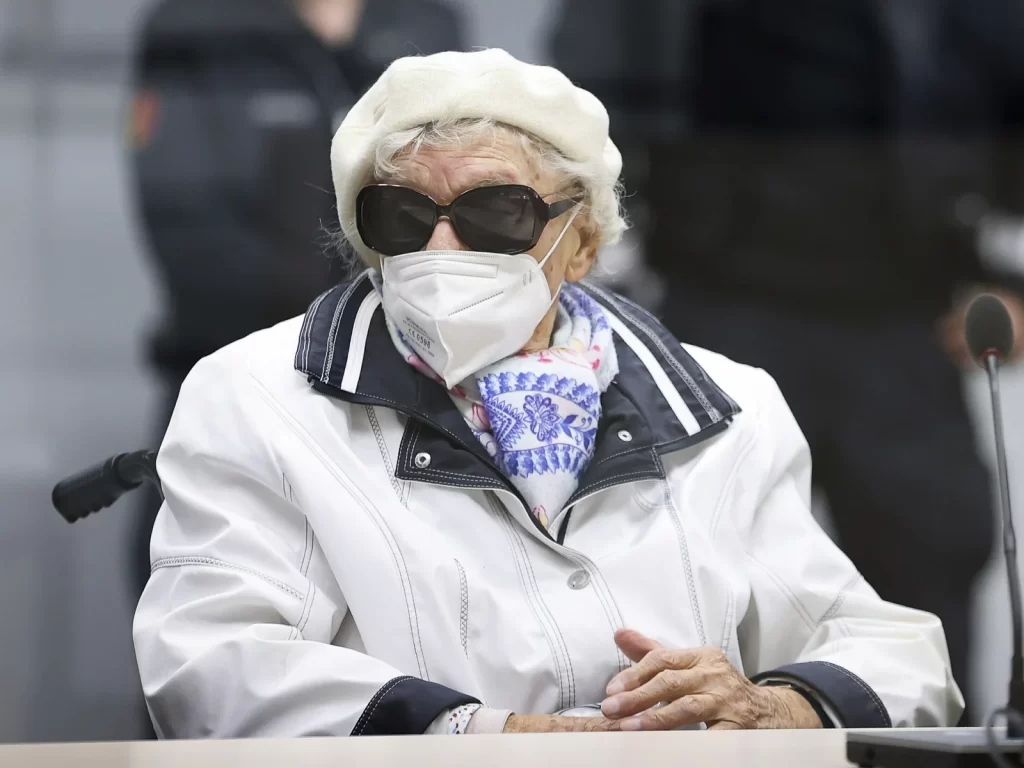A zero-sum game is a “mathematical representation in game theory and economic theory of a situation that involves two sides, where the result is an advantage for one side and an equivalent loss for the other.” Examples of zero-sum games include poker and the American presidential election. In other words, the winner takes all. How does this type of game apply to the American occupation of the Hawaiian Kingdom? The answer to this question derives from State sovereignty under international law.
An independent State is the highest status that a political entity can achieve. There is no political status higher than the State. Sovereignty is the authority over the territory of the State exercised by the State’s governing body, which is geo-political. All governments of independent States are not identical because they are the outcome of their geographic location and political experiences, e.g. constitutional monarchies, and republics. But all States are the same, which have four components: a defined territory, a population, a centralized government, and the ability to enter into foreign relations with other States.
In the Larsen v. Hawaiian Kingdom arbitration, the arbitral tribunal at the Permanent Court of Arbitration stated, “in the nineteenth century the Hawaiian Kingdom existed as an independent State recognized as such by the United States of America, the United Kingdom, and various other States.” So there is no question that the Hawaiian Kingdom existed in the nineteenth century as a sovereign and independent State with all rights that afforded under international law.
In the Island of Palmas arbitration, which was a dispute between the United States and the Netherlands, the arbitrator explained that “Sovereignty in the relations between States signifies independence. Independence in regard to a portion of the globe is the right to exercise therein, to the exclusion of any other State, the functions of a State.” And in the S.S. Lotus case, which was a dispute between France and Turkey, the Permanent Court of International Justice stated:
Now the first and foremost restriction imposed by international law upon a State is that—failing the existence of a permissive rule to the contrary—it may not exercise its power in any form in the territory of another State. In this sense jurisdiction is certainly territorial; it cannot be exercised by a State outside its territory except by virtue of a permissive rule derived from international custom or from a convention (treaty).
Since 1898, the United States has been directly exercising it authority over Hawaiian Kingdom territory without any ‘permissive rule derived from international custom or from a convention (treaty).’ The United States claims its authority over the Hawaiian Islands derives from the joint resolution of annexation of July 7, 1898. However, the joint resolution is not customary international law nor is it a treaty. Rather, it is congressional legislation, which the United States Supreme Court, in United States v. Curtiss-Wright, stated “Neither the Constitution nor the laws passed in pursuance of it have any force in foreign territory unless in respect of our own citizens, and operations of the nation in such territory must be governed by treaties, international understandings and compacts, and the principles of international law.”
If congressional laws have no force in foreign territory, then the joint resolution could not have the force of annexing the Hawaiian Islands, which is 2,471 miles from its western border of California. The truth of the matter is that the joint resolution of annexation provided the means for erasing the history of the United States invasion of the Hawaiian Kingdom on January 16, 1893, and militarily overthrowing the Hawaiian government the following day, which, under international law, triggered the law of occupation. As an independent State under international law, the overthrow of the Hawaiian Kingdom government did not affect the Hawaiian State and its independence and sovereignty. U.S. Army Field Manual 27-10 unequivocally states that occupation does not transfer sovereignty. According to Section 358:
Being an incident of war, military occupation confers upon the invading force the means of exercising control for the period of occupation. It does not transfer the sovereignty to the occupant, but simply the authority or power to exercise some of the rights of sovereignty. The exercise of these rights results from the established power of the occupant and from the necessity of maintaining law and order, indispensable both to the inhabitants and to the occupying force. It is therefore unlawful for a belligerent occupant to annex occupied territory or to create a new State therein while hostilities are still in progress.
The permissive rule under international law that allows one State to exercise authority over the territory of another State is Article 43 of the 1907 Hague Regulations, that mandates the occupant to establish a military government in order to provisionally administer the laws of the occupied State until there is a treaty of peace where the occupation comes to an end. Section 362 of the FM 27-10 explains that “Military government is the form of administration by which an occupying power exercises governmental authority over occupied territory.”
From January 17, 1893, to July 7, 1898, the United States has been unlawfully exercising its power, indirectly, over the territory of the Hawaiian State, through its puppet governments called the provisional government and the Republic of Hawai‘i that were installed after the overthrow. From July 7, 1898, to the present, the United States has been directly exercising unlawful authority over the territory of the Hawaiian State. How does international law and the law of occupation see this unlawful exercise of authority?
If the United States, to include the State of Hawai‘i, has no authority to exercise its power in Hawaiian territory, then everything that derives from its unlawful authority is invalid in the eyes of international law. This comes from the rule of international law called ex injuria jus non oritur, which is Latin for “law (or right) does not arise from injustice.” From this rule of international law, when applied to an Occupied State, is another rule of international law called postliminium, where all unlawful acts that an Occupying State may have done in occupied territory are invalid and cannot be enforced when the occupation comes to an end.
This rule also applied in the American Civil War from 1861-1865. In 1868, the U.S. Supreme Court had to mitigate the impact of this principle in the aftermath of when the war came to an end. In Texas v. White, the Supreme Court stated:
…that acts necessary to peace and good order among citizens, such for example, as acts sanctioning and protecting marriage and the domestic relations, governing the course of descents, regulating the conveyance and transfer of property, real and personal, and providing remedies for injuries to person and estate, and other similar acts, which would be valid if emanating from a lawful government must be regarded in general as valid when proceeding from an actual, though unlawful, government, and that acts in furtherance or support of rebellion against the United States, or intended to defeat the just rights of citizens, and other acts of like nature, must, in general, be regarded as invalid and void.
All acts done by the Texas government were ‘invalid and void’ during the rebellion, but certain acts were only recognized as valid after the Civil War ended. The Supreme Court’s decision had a retroactive effect to give validity to acts that were previously invalid. Just as the rule applied during the American rebellion, this rule applies while the territory of a State is under occupation by an Occupying State. Acts done by an Occupying State, if it is authorized under international law, are valid and its validity would continue to be recognized as valid when the occupation comes to an end.
This is not the case, however, because the acts of the United States since January 17, 1893, to the present, have not been in accordance with the law of occupation but rather the war crime of usurpation of sovereignty during military occupation. Usurpation of sovereignty is the unlawful imposition of American laws and administrative measures within the territory of the Hawaiian Kingdom, a co-equal sovereign State.
The Hawaiian Council of Regency understands the scope and magnitude of the United States and the State of Hawai‘i’s violation of international laws even if the population does not see it themselves. The violation of international laws has rendered the population with absolutely no rights to property that can be protected, which include land, homes, cars, copyrights, trademarks, trade secrets and patents. The Council of Regency’s Operational Plan to Transition the State of Hawai‘i into a Military Government addresses this significant issue.
The Hawaiian Kingdom exists as a sovereign and independent State, even under occupation. This existence, under international law, precludes the United States, as the Occupying State, from exercising its power unless it does so by virtue of international law as an occupant. It cannot co-exist with the Hawaiian Kingdom in its own territory, except by virtue of the law of occupation which temporarily allows for it.
The unlawful acts done by the United States has rendered all rights to property, whether tangible or intangible, void and invalid. For the people to have their rights to property intact and valid, the United States must show that the Hawaiian Kingdom no longer exists and that it is the successor State to the Hawaiian Islands. It can’t because the Permanent Court of Arbitration already recognized the Hawaiian Kingdom continues to exist as a State since the nineteenth century. This is the devastating effect of the zero-sum on the people.

